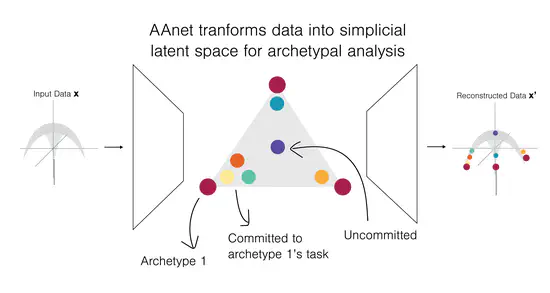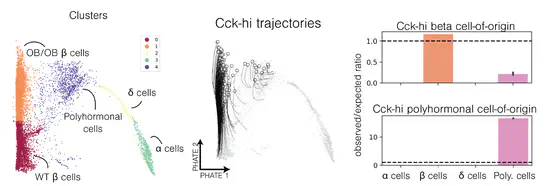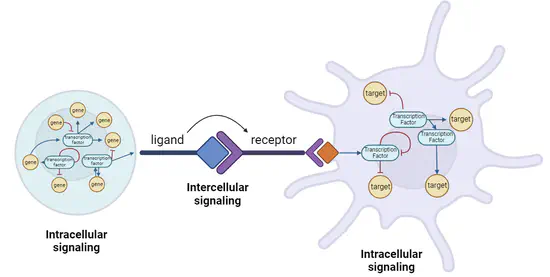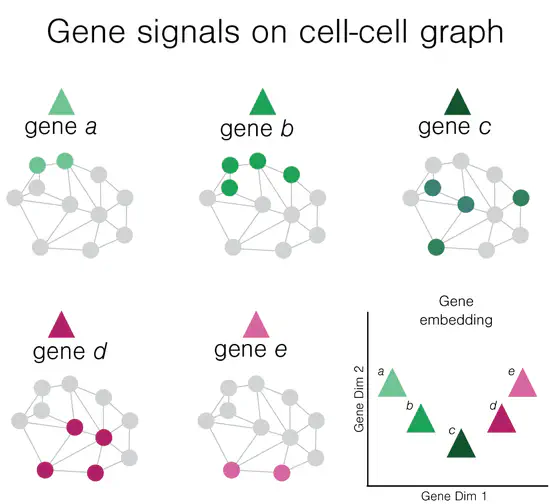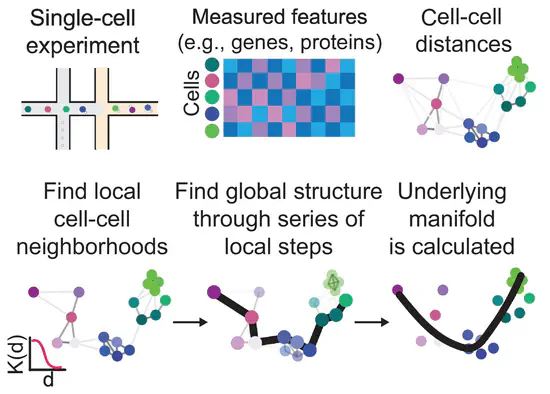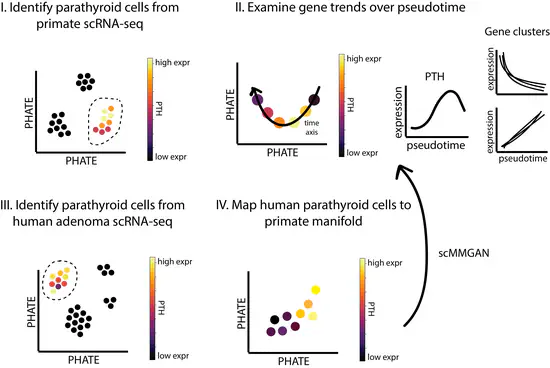Aarthi Venkat
Eric and Wendy Schmidt Center Postdoctoral Fellow @ Broad Institute
Eric and Wendy Schmidt Center
Yale University
As the scale and scope of biomedical data exponentially increase, unsupervised machine learning is becoming a crucial step toward scientific discovery. During my Ph.D. at Yale University in the Krishnaswamy Lab, I developed representation learning approaches that learn from geometric structure and reveal patterns that characterize cellular and molecular behavior, especially from single-cell sequencing data. Currently, I am a Postdoctoral Fellow at the Broad Institute, working with Drs. Marinka Zitnik and Nir Hacohen to extend these ideas beyond single-cell resolution, bridging knowledge, geometry, and network biology across multiple scales for an integrated, systems-wide approach to discovery and intervention.
My interests are highly interdisciplinary, and I have led collaborations spanning a broad range of research areas, appearing in Nature, Nature Computational Science, Science Immunology, Cell Patterns, and Genome Research. Additionally, my work has been accepted at notable computer science and graph signal procesing conferences, including SampTA, LoG, GSP, and ICASSP.
Projects
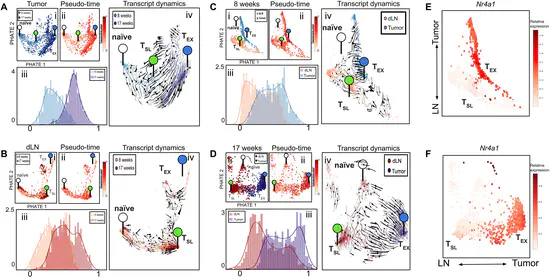
A reservoir of stem-like CD8+ T cells in the tumor-draining lymph node preserves the ongoing antitumor immune response
Stem-like CD8+ T cells in dLN maintain stemness and protect antitumor T cells from terminal differentiation in the TME.
KA Connolly, M Kuchroo, A Venkat,…,NS Joshi. Science Immunology 2021.
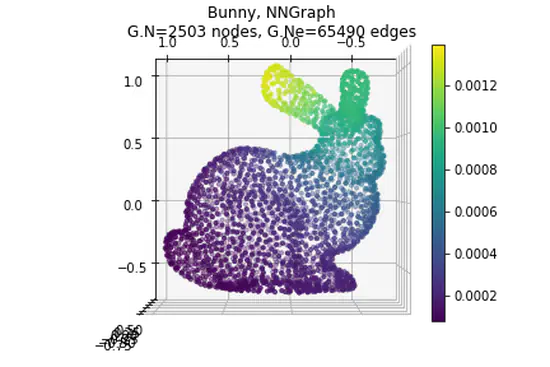
Graph Fourier MMD for Signals on Graphs
GFMMD embeds signals defined on graphs via an optimal witness function.
S Leone, A Tong, G Huguet, A Venkat, G Wolf, S Krishnaswamy. SampTA 2023.
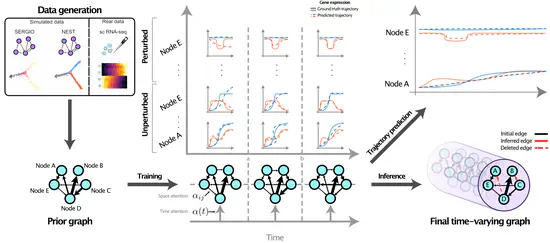
Inferring dynamic regulatory interaction graphs from time series data with perturbations
RiTINI infers time-varying interaction graphs to predict casual behavior of a system. D Bhaskar, S Magruder, E De Brouwer, A Venkat, F Wenkel, G Wolf, S Krishnaswamy. LoG Conference 2023.
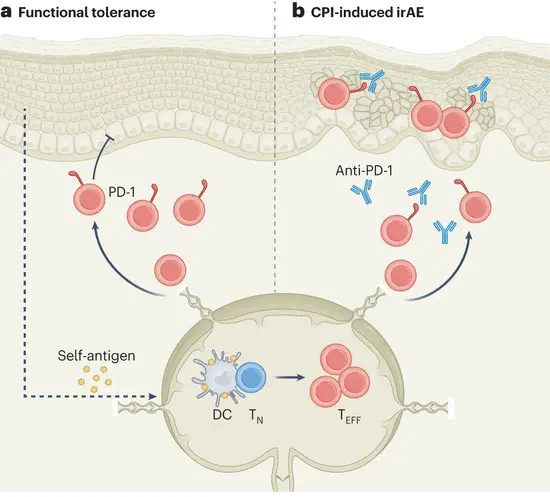
PD-1 maintains CD8 T cell tolerance towards cutaneous neoantigens
PD-1 avoids immunopathology by preventing CD8 T cells to attain fully functional state.
M Damo, N Hornick, A Venkat,…,S Krishnaswamy, N Joshi. Nature 2023.
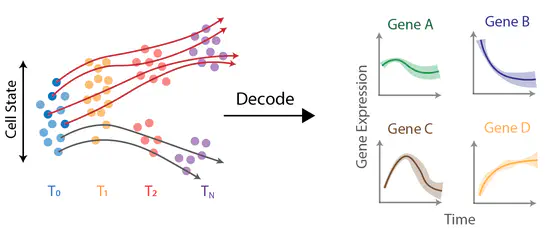
Revealing dynamic temporal trajectories and underlying regulatory networks with Cflows
Cflows learns continuous and cell-specific trajectories from longitudinal single-cell data.
X Sun*, S Gupta*, A Tong*, M Kuchroo*, D Bhaskar, C Liu, A Venkat,…,CL Chaffer, S Krishnaswamy. In Review.
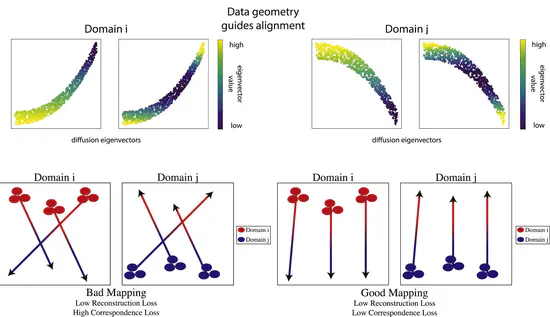
Single-cell multi-modal GAN reveals spatial patterns in single-cell data from triple-negative breast cancer
scMMGAN uses adversarial learning to integrate single-cell and spatial modalities.
M Amodio, SE Youlten, A Venkat,…,CL Chaffer, S Krishnaswamy. Cell Patterns 2022.
